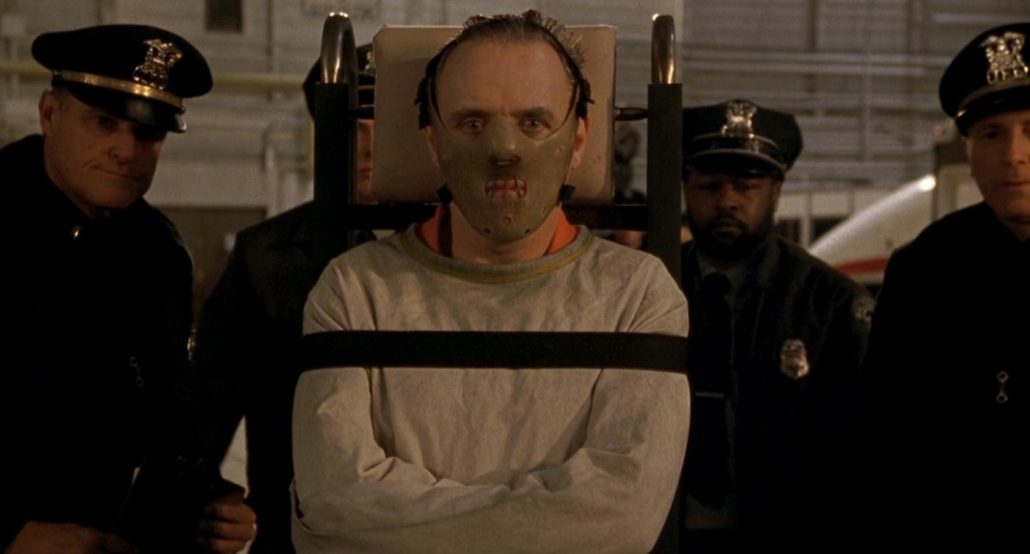All the World’s a Screen: ‘Silence of the Lambs’ exemplifies what a spooky movie should be

October is the cruelest month.
Halloween casts a shadow over October, and our festivities are so strange. We prop up ghouls, demons and monsters on our doorsteps, pin them to our walls and dress our bodies like them. Halloween can bring out the creativity and strangeness in people.
For me, the entire month is cruel because I am, to put it quaintly, a known scaredy-cat.
Now I’m not scared of clowns, monsters, zombies or ghosts (I don’t mess with demons though); rather, I’m petrified of what usually precedes their appearance: a dark atmosphere, eerie (or no) music, slight creaks in the floorboards and a whole lot of dry ice.
The worst part about horror movies for me is the anxiety of anticipation. And every channel I flip and every theater I go to during October tries to lure me into their terror trap.
In our sometimes-dull existence, a scary movie here and there is nice; if that movie can excite us in some way, even better! That’s why scary movies hold such a dear place in our culture. Think about that friend that likes scary movies — don’t they love scary movies? It’s something people can easily be passionate about, but it’s a bridge I have yet to cross.
There are mildly scary movies that still, albeit barely, cross the threshold to be considered “horror” by most. I think of these more as “spooky” movies; arguably the best example of this is a film I rewatched over the weekend: “The Silence of the Lambs.”
The Jonathan Demme-directed movie is a perfect exercise in building anticipation. We follow budding FBI agent Clarice Starling (Jodie Foster) as she periodically interrogates the noted serial killer/cannibal Dr. Hannibal Lecter (Anthony Hopkins). Lecter promises Starling and the entire FBI clues to capture the at-large killer Buffalo Bill (Ted Levine), but, of course, this deal isn’t as simple as it looks on paper.
“Lambs” is very restrained for a scary movie. It barely shows any acts of violence — it’s just that the dominant atmosphere is really, really dark. If you’re Clarice (who the movie wants you to identify with as conveyed through camera movement and position), on one side of you there’s a cannibal, on the other you have a guy who kidnaps women and skins them … not much room for so much as a smile in that scenario.
Just like Clarice, we’re suffocated by evil on all sides, waiting for it to strike.
The film doesn’t show us pictures of Lecter’s past victims though they are described in detail — Demme wants us to picture them, he taunts us and challenges us to come up with the most gruesome images we can. That is, until we see Lecter unleashed.
The movie’s most violent moment is its most satisfying moment. Not because we want to see (spoiler alert) two cops get eaten alive — it’s because we’ve been wanting to see Lecter let loose. For someone easily prone to scary-movie anxiety like myself, this scene was sheer torture. I kept pausing and taking deep breaths and walking away from my computer, I couldn’t do it. How effective does a movie have to be to get that reaction?
“The Silence of the Lambs” is a masterful exercise in spookiness. It’s an essential Halloween film even if it isn’t ghoulishly freaky. It is confident that you, the viewer, are capable of imagining such horrendous acts of violence that it doesn’t even have to match what’s in the darkest recesses of your mind.
October is the cruelest month, but it brings back some damn good movies.
Isa Uggetti is a junior writing about film. He is also the Arts & Entertainment editor of the Daily Trojan. His column, “All the World’s a Screen,” runs every other Monday.

